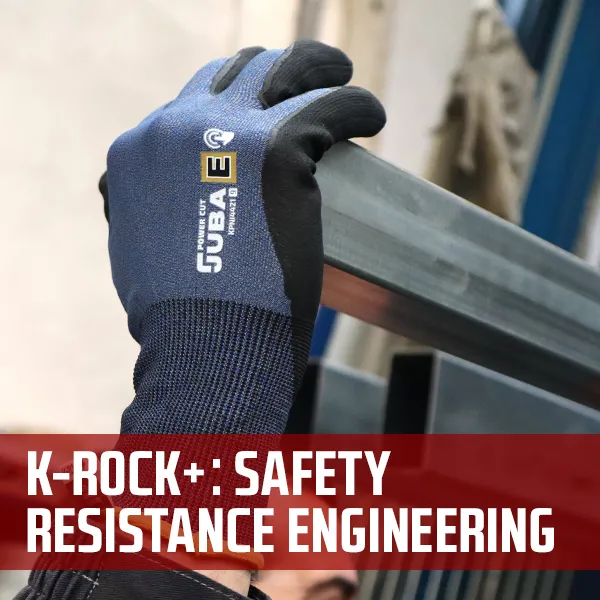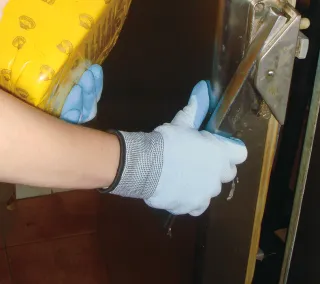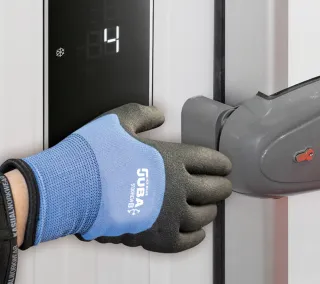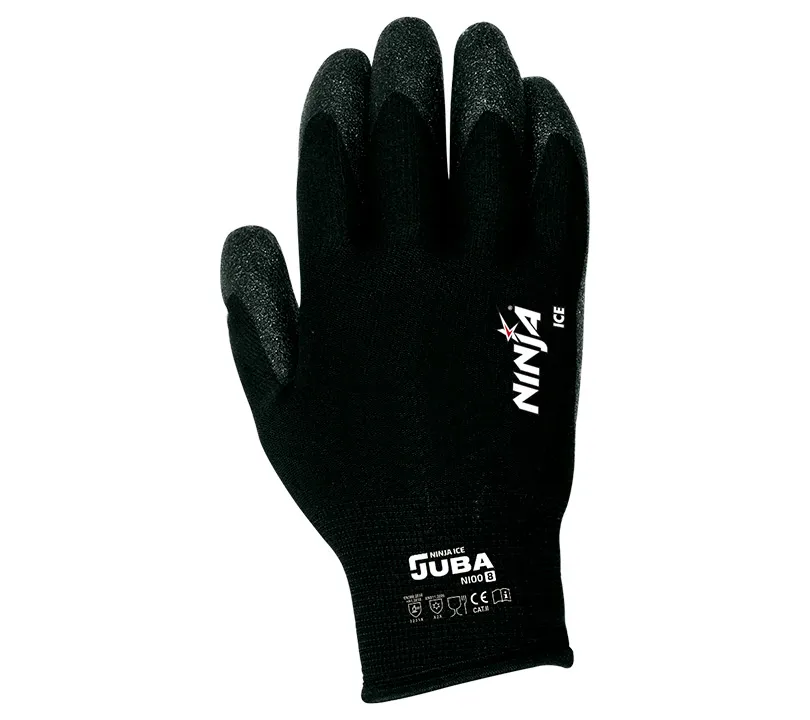

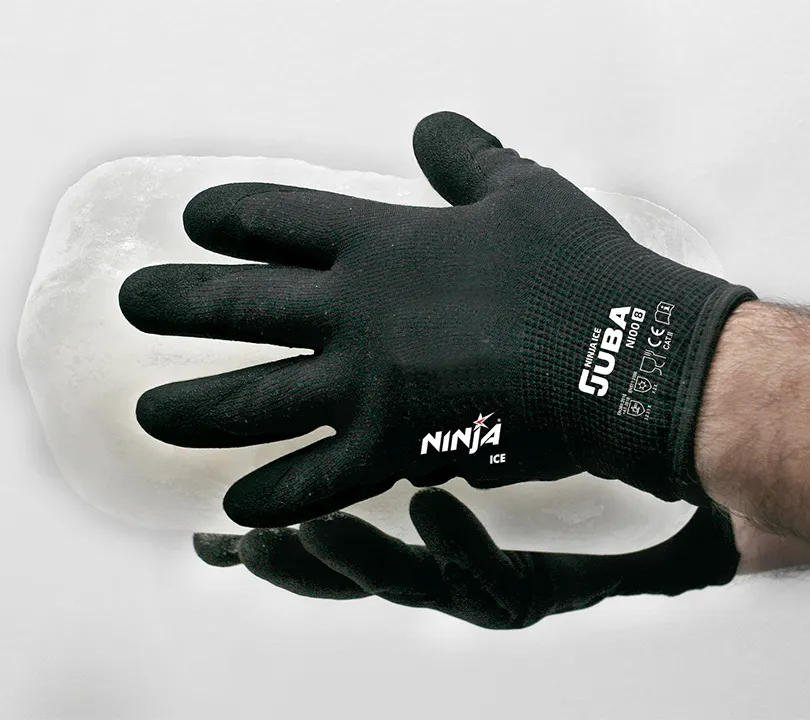
Characteristics
Interior with terry-loop finish that protects against cold and low temperatures (0ºC).
PVC coated palm with HPT (Hydropellent Technology) technology that repels liquids in moderate situations, and provides excellent grip in dry or humid environments.
Great resistance and very durable.
Suitable for food use.
Certified with the STANDARD 100 by OEKO-TEX® free of harmful substances.
Working gloves suitable for:
Cold zone replenishers.
Exterior work.
Cold rooms and frozen.
Building.
Carretilleros.
Handling of frozen food.
Transport of refrigerated merchandise.
Farming.

Consult a Technician
We can advise you which is the most suitable glove for your job
